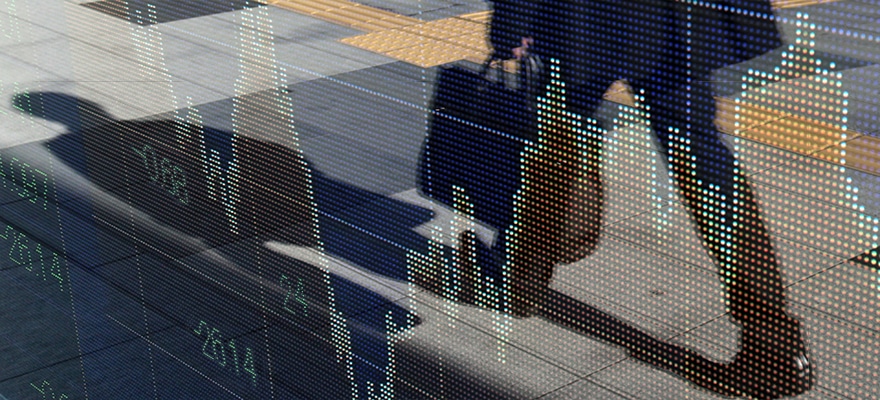With volumes suffering due to market uncertainty FX hedge funds continue their dismal performance as the Parker Index records another slump month for the worlds largest FX hedge funds. The Parker FX Index reported a -0.58% return for the month of August.
Forty-five of the fifty programs in the Index reported August results, of which fifteen reported positive results and thirty incurred losses. On a risk-adjusted basis, the Index was down -0.25% in August. The median return for the month was down -0.47%, while the performance for August ranged from a high of +1.90% to a low of –5.70%.
In addition to the broad Parker FX Index, there are two style driven sub-indices: the Parker Systematic Index, which tracks those managers whose decision process is rule based, and the Parker Discretionary Index, which tracks managers whose decision process is judgmental. During August, the Systematic Index was down -1.33%, and the Discretionary Index increased by +0.17%. On a risk-adjusted basis, the Parker Systematic Index was down - 0.48% in August, and the Parker Discretionary Index was up +0.13%.
The top three performing constituent programs for the month of August, on a reported basis, returned +1.90%, +1.25% and +1.05%, respectively. The top three performers on a risk-adjusted basis returned +2.95%, +1.97% and +0.69%, respectively.
During the month, markets were dominated by global policy measures to address the European crisis and lower growth expectations, as well as outflows from many “higher risk” Eurozone countries. By month-end, investors were confident that additional aggressive monetary measures were imminent resulting in increased risk taking. Expecting more Liquidity , the flight to safety into the US dollar reversed as the US Dollar Index fell by - 1.73%, and the USD was lower against the euro by -2.39%. In Asia, fears of a slowing Chinese economy grew stronger following the release of July’s export data which grew at the slowest pace since 2009. To alleviate concerns, China announced 8 trillion yuan of stimulus projects. Analysts remain skeptical, and believe that the government could lower the value of the yuan to bail out manufacturers.












